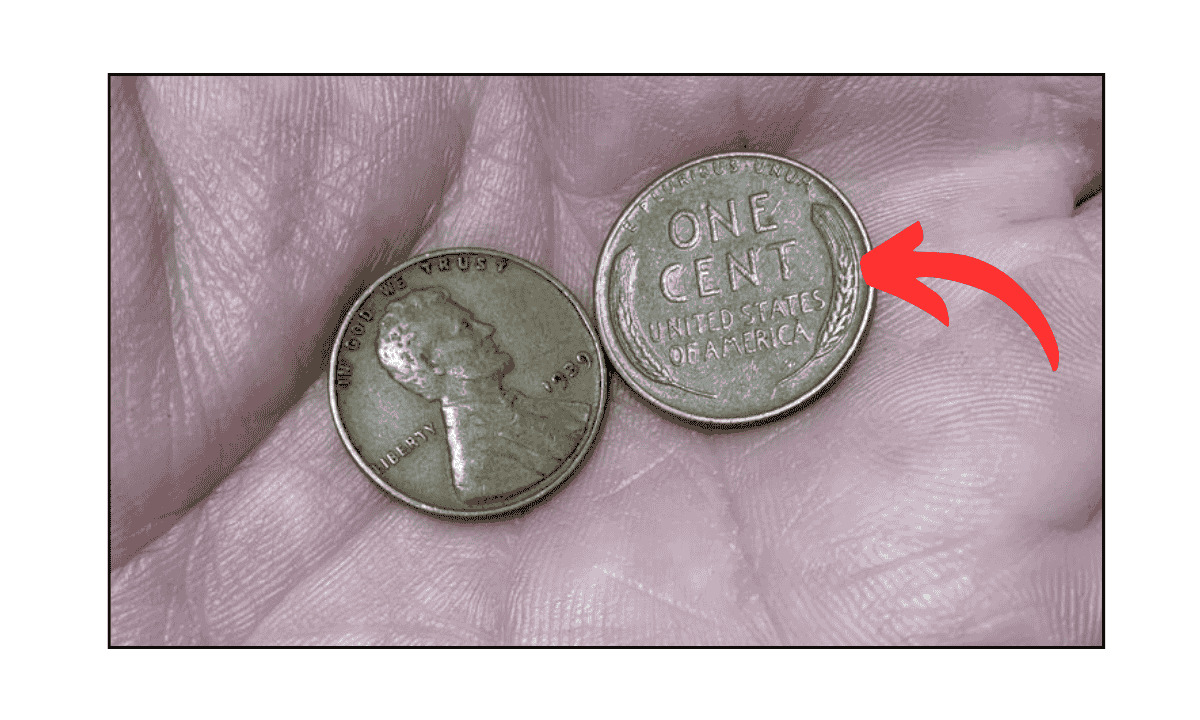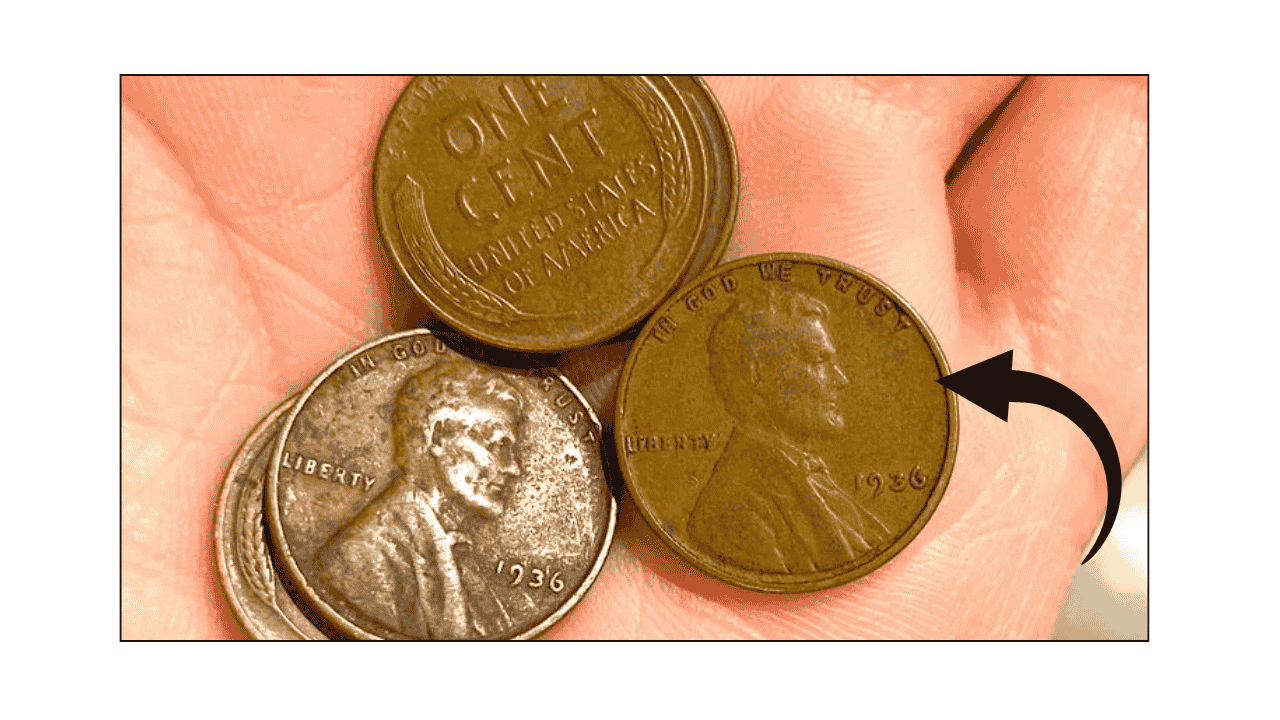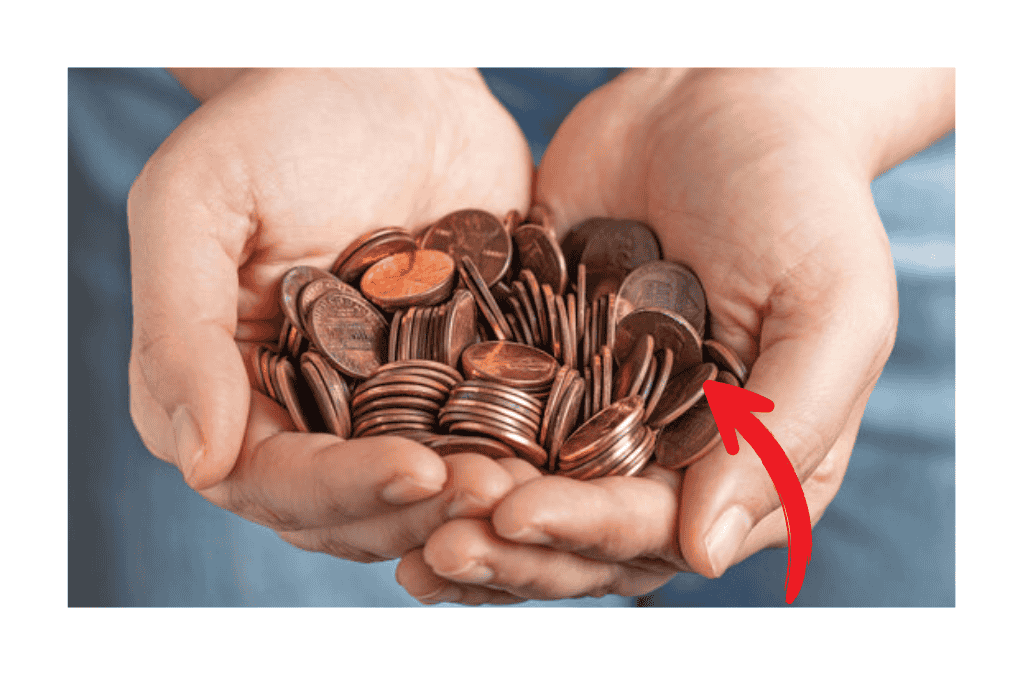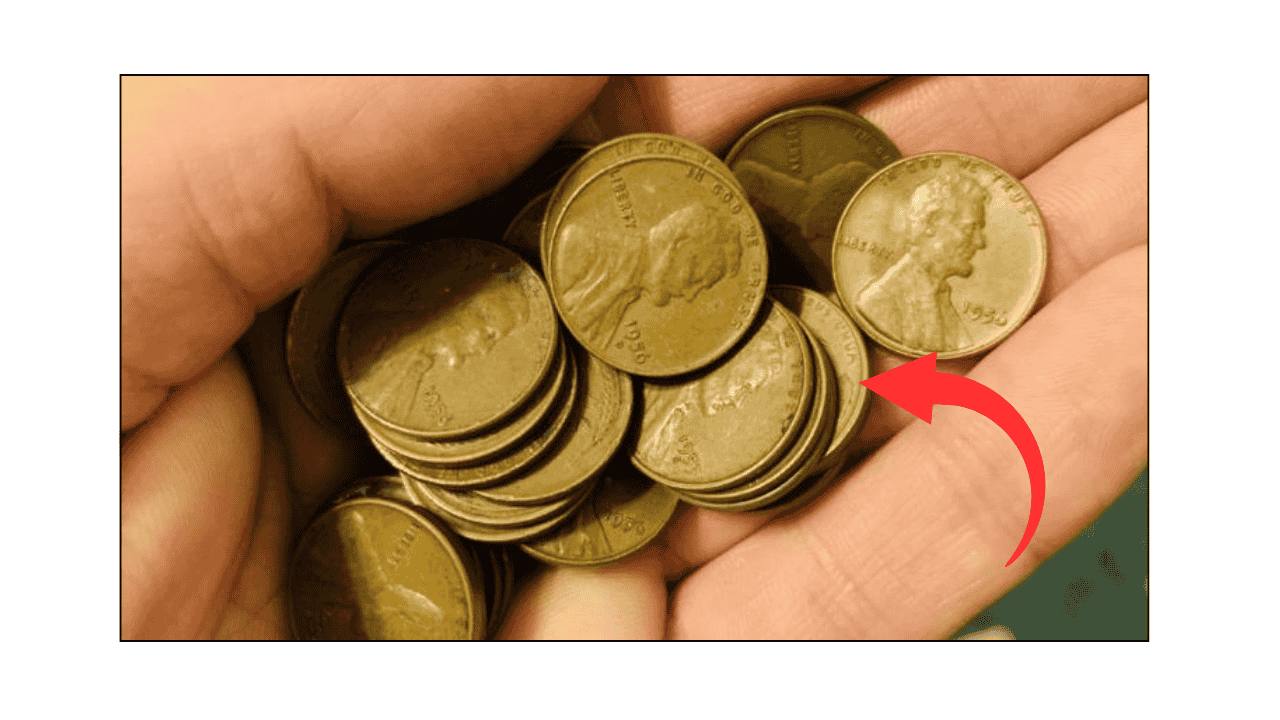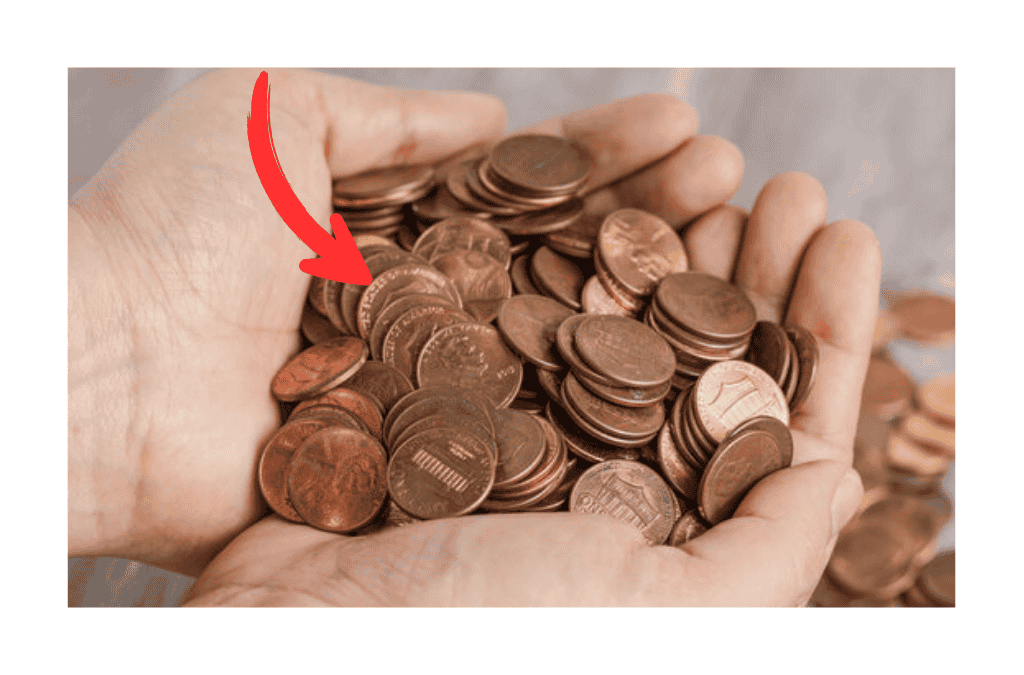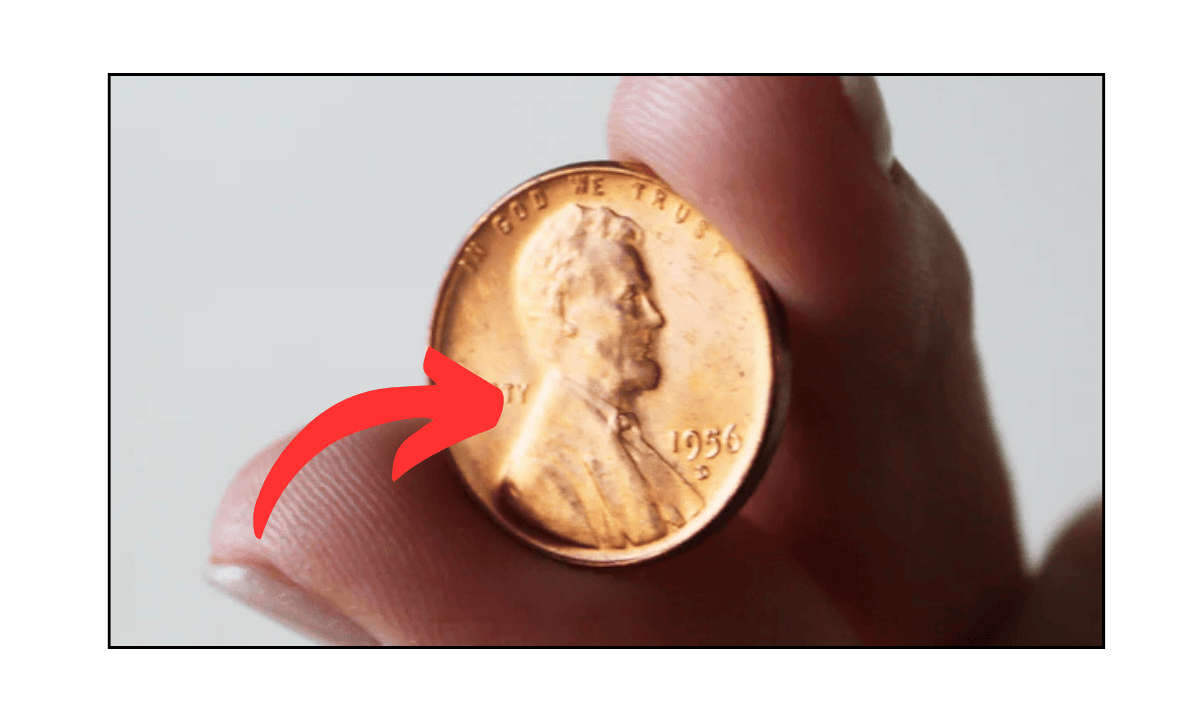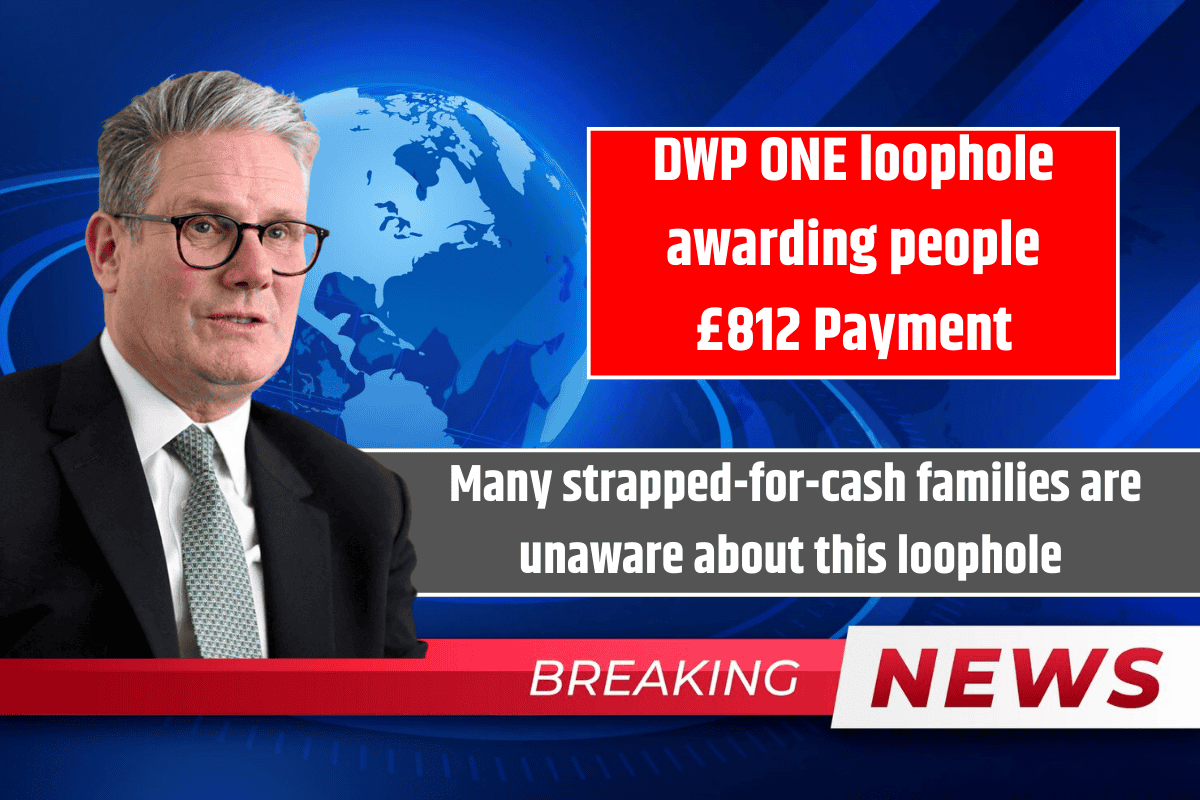What if a tiny old coin lying around your house could make you rich overnight? It may sound like a story from a movie, but it’s 100% real. A rare Lincoln Wheat Penny, a simple one-cent American coin, has been sold for a massive $12 million—that’s around ₹100 crore! And the exciting part? Some of these rare coins could still be out there in regular circulation.
Let’s find out what makes this coin so special and how you can check if you have one of these hidden treasures.
What Is a Lincoln Wheat Penny?
The Lincoln Wheat Penny was first made in 1909 in the United States and continued until 1958. It features Abraham Lincoln’s face on one side and two wheat stalks on the other side—this is why it’s called a Wheat Penny.
These coins are common in old collections, piggy banks, and drawers. But some special versions, especially those with printing mistakes or made using rare materials, are very valuable today.
Why Is One of These Pennies Worth $12 Million?
While most Wheat Pennies are only worth a few cents, the 1943 bronze Lincoln Wheat Penny is incredibly rare. Here’s why:
In 1943, during World War II, the U.S. Mint needed copper for war equipment. So, they started making pennies out of steel. However, a few leftover copper blanks from 1942 accidentally got stamped with the 1943 date.
These mistake coins were made of bronze instead of steel, and only a few of them exist. One of them was sold for $12 million, making it one of the most expensive coins ever sold.
Is It Still in Circulation?
Yes, and that’s what makes this story so exciting. Many of these rare bronze pennies have not been found yet. They could be hiding in jars of spare change, old coin collections, or even lying unnoticed in someone’s pocket.
Because not everyone knows about their value, these coins often go completely unnoticed and may still be used in everyday transactions.
How to Check If You Have a Rare 1943 Penny
Want to check if you’re holding a fortune? Here’s what you should do:
Look at the Year:
If your penny is from 1943, it’s worth a closer look.
Check the Metal:
Steel pennies are silver and shiny, while bronze ones are brown or copper in colour.
Try the Magnet Test:
If your 1943 penny sticks to a magnet, it’s made of steel and not rare. But if it doesn’t stick, you might have one of the rare bronze ones!
If you think your coin is rare, take it to a coin expert or a numismatics society for verification. It’s better to get it checked professionally to know its actual value.
Even Other Wheat Pennies Can Be Valuable
Even if you don’t have the famous 1943 bronze penny, other Lincoln Wheat Pennies from the early 1900s can also be worth thousands of rupees or even more, depending on their condition and rarity.
So, don’t ignore any old American coins you may come across—they could be worth more than you think.
The story of the $12 million Lincoln Wheat Penny is a perfect example of how something small and simple can hide great value. These rare coins are still out there, waiting to be found. So, check your coins, run the magnet test, and look closely—because you never know, you might be holding a ₹100 crore treasure in your palm.
FAQs
What makes the 1943 Lincoln Wheat Penny worth $12 million?
This penny was accidentally made from bronze during World War II, while others were made from steel. Very few were made, making it extremely rare and valuable.
How do I know if I have this rare penny?
Check the year (1943) and test it with a magnet. If it doesn’t stick and looks bronze, you might have a valuable coin.
Are these rare pennies still in circulation?
Yes, it’s believed that a few are still out there, either in coin jars, old collections, or even regular transactions.
What should I do if I think I have one?
Get it checked by a coin expert or appraiser. They can confirm its authenticity and tell you how much it’s worth.
